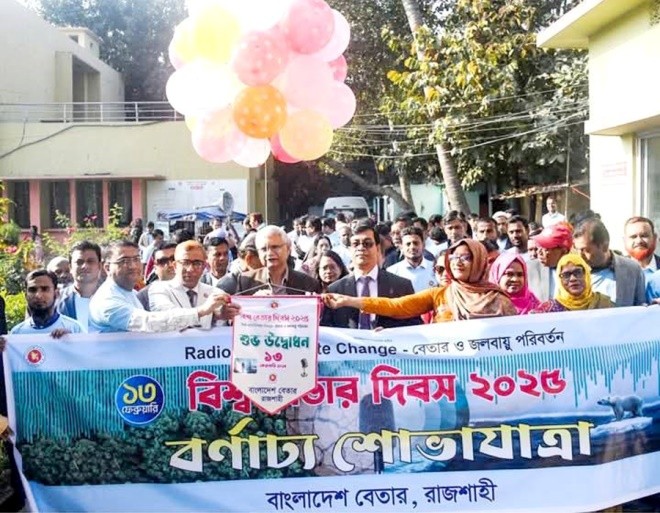
Story with Impact
Mr. Turan Ali, Director of Radio Netherlands Training Centre, Netherlands, has identified various elements in producing programmes that have an impact consistently with audiences.
Mr. Turan Ali, Director of Radio Netherlands Training Centre, Netherlands, has identified various elements in producing programmes that have an impact consistently with audiences.
Creativity is a key element, he said, which mandates broadcasters to break fixed patterns in the way they create and produce stories.
“Creativity must go hand in hand with varied formats in developing story, such as magazine type, actualities, reports, montage, game, interview, drama, and demonstration. There must always be something new in your content and format”,he said.
Mr. Ali spoke at the session on ‘Creative Content for Capacity Building and Training’at the 3rd International Conference on Broadcast Training in Kuala Lumpur.
In his brief presentation, he said the format and the creative content must work together and the story must also be persuasive to generate an impact on the audience.
Another key element is how to find the target audience and that involves audience mapping, he said, stressing the need to identify communities you want to reach, build loyalty and create connections.
“Remember that audiences now don’t want fixed patterns in the stories they hear and see. They want surprises that trainers must teach broadcasters to be successful in the multimedia environment with shifting consumer behaviours”, he said.

Other speakers, namely, Ms. Cosmalinda Simanjuntak, Programme Planning Manager, TVRI Training Centre, RRI, Indonesia, and Ms. Munira Murad, Head of Radio Training, IPPTAR, Malaysia, raised the issue related to difficulties in tapping competent trainers in the multimedia industry. They said public service broadcasters don’t have the money to pay competent digital trainers and the need to find approaches to this problem becomes critical.
Ms. Liu Ying, Vice President of Research and Training Institute, State Administration of Press Publication, Radio, Film and Television, China briefly talked about Internet integration in their training programmes.
“While we need to find new ways of training methods, a combination of face to face and online approaches should be ideal. But there must be flexibility”, she said.






